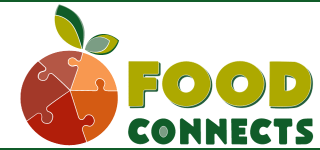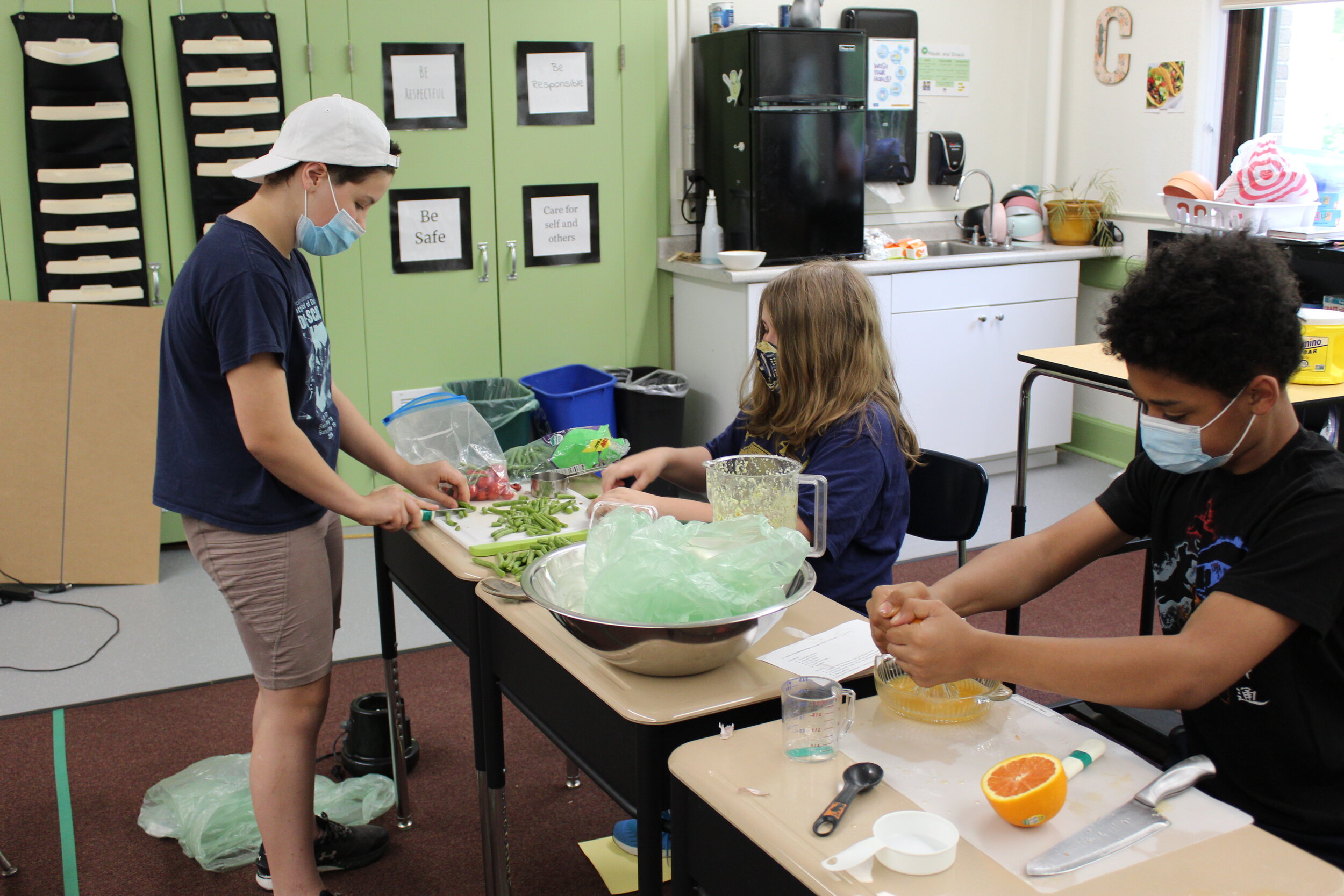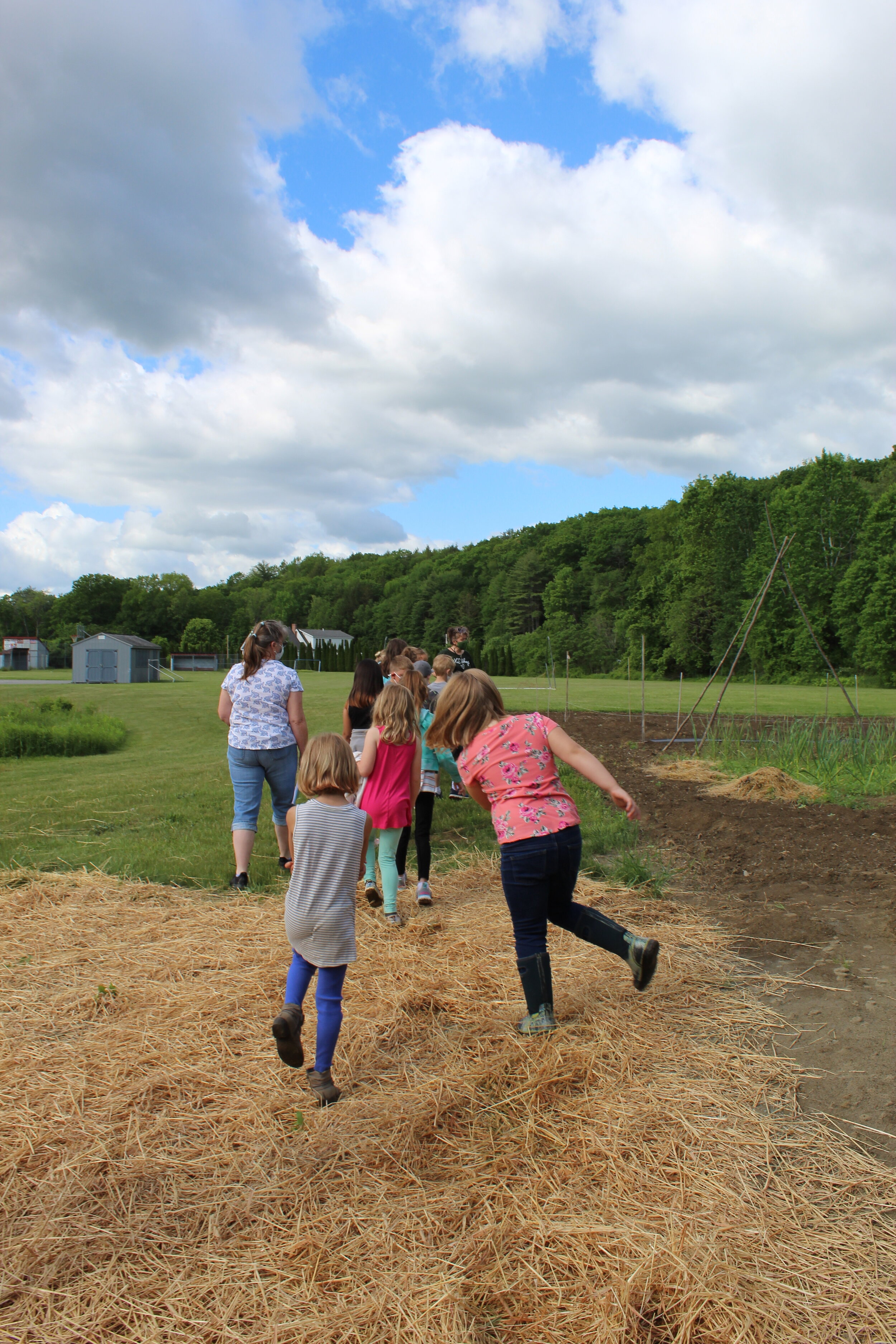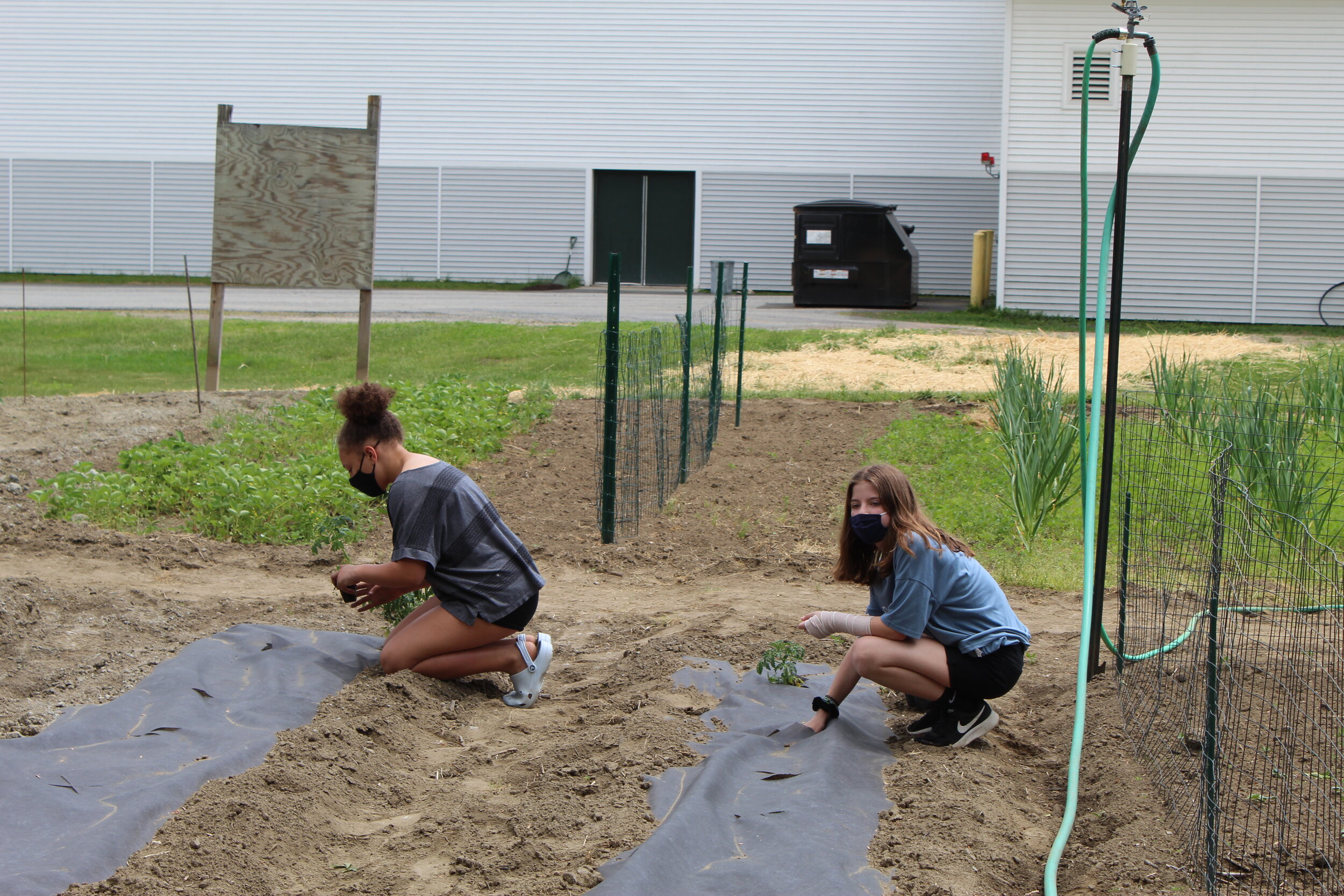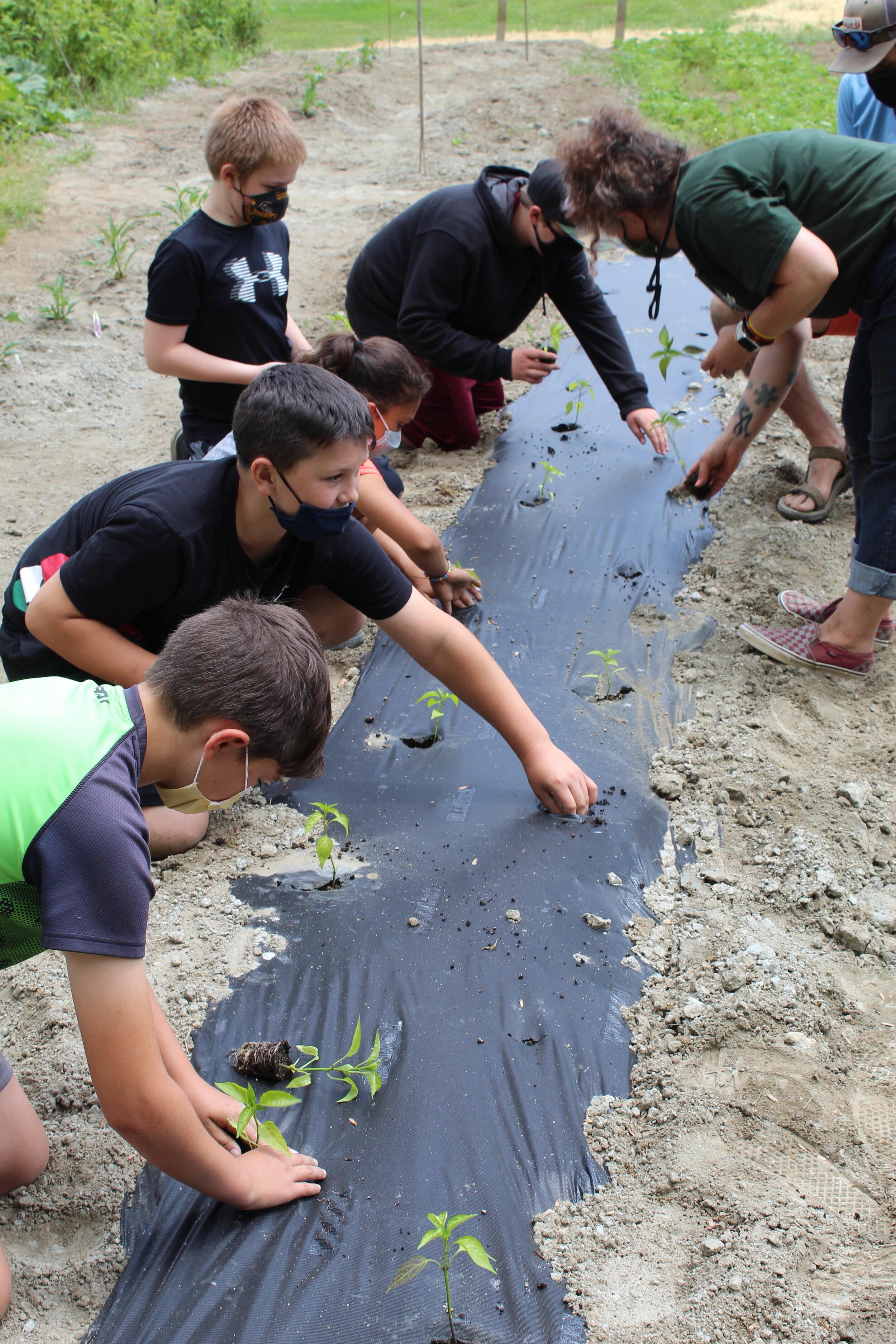Earlier this summer, a diverse group of curious folks from our community toured the Rich Earth Institute (REI) to learn more about this unique, innovative resource in our community. REI works to complete the food nutrient cycle by turning human urine into fertilizer, supporting sustainable agriculture, and protecting water sources.
Understandably, the idea of diverting human urine to use as fertilizer makes some people uncomfortable. Because of this, although our group included parents, teachers, school board members, and other community leaders, most people attending were careful to say in the introductions that they were not representing their organization or school but were attending as a curious community member. With that out of the way, this group was free to think creatively about how REI’s approach and technology could someday benefit our community. Ideas ranged from peecycling port-a-potties on school playgrounds and at community events, using urine as fertilizer in gardens and landscapes around town, and installing high-tech urine-diverting toilets in local schools and businesses.
High-tech urine-diverting toilet at REI offices.
Implementing these ideas is a long way off, as we wait for technology to improve and attitudes and behaviors to change. In the meantime, we were inspired by many of the things we learned! Here are a few highlights:
This map shows the location of REI’s urine donors throughout the region.
Human urine, which contains high nitrogen and phosphorus concentrations, makes up less than 1% of wastewater. Nitrogen and phosphorus cause harmful algae blooms, which are destructive to aquatic ecosystems. By separating human urine from other wastewater, we can eliminate up to 75% of nitrogen and 55% of phosphorus from our municipal water systems.
Human urine is an effective, sustainable, local alternative to commonly used synthetic fertilizers. In fact, the urine produced by one person annually contains enough fertilizer to grow nearly a whole year's supply of food!
Currently, around 200 dedicated volunteers in Brattleboro donate their bodily nutrients to Rich Earth’s program—totaling over 10,000 gallons of urine annually! This creates a source of sustainable fertilizer for local farms, reduces downstream nutrient pollution, and conserves over a million gallons of clean, potable water since the program began in 2013.
We're excited to see how the innovative science and research of REI can be shared over time with our schools and community to bring greater health to our farms and aquatic ecosystems. REI planted a research garden this spring which will be available this fall for educators and student groups to tour and learn more.
REI’s newly planted research garden.
